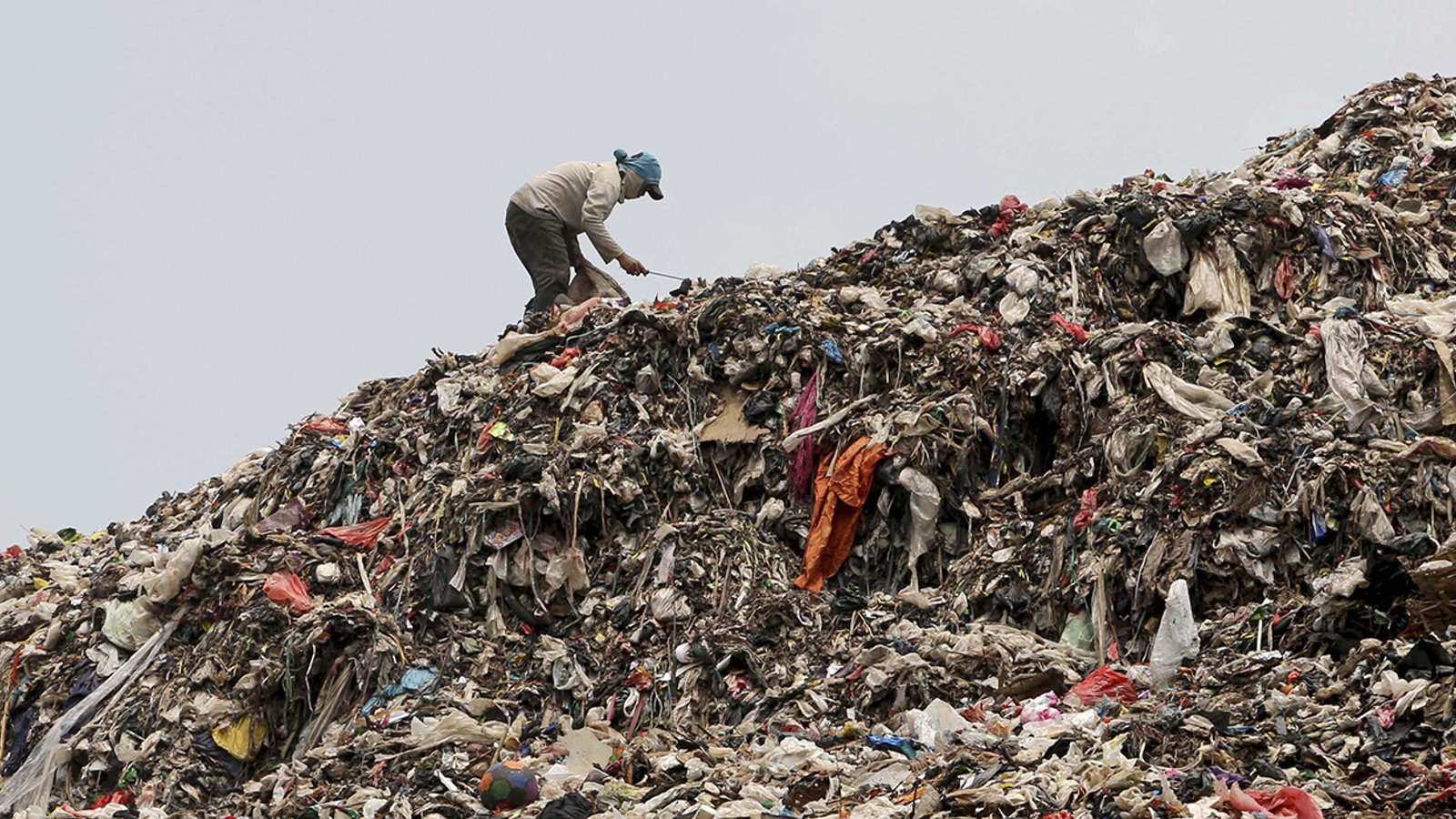‘Stories of stuff’ is a common theme through animation. ‘Stuff’ is an important aspect in creating and designing characters, props, backgrounds and any other mise en scene; every choice made must be made intentionally, carefully considering what sort of ‘stuff’ is used. It is no surprise, then, that a lot of animated media becomes about the stuff itself.
This week I will be looking into Pixar’s Wall-E (Stanton, 2008), its depiction of stuff, and the film’s effect on its viewers.
Wall-E’s entire plot revolves around overconsumerism. It is set on a future Earth where humans have had to flee due to their own pollution and live on a huge corporate spaceship. There is a strong contrast between the stuff on Earth and the stuff in space – the Earth has become vast wastelands of discarded items and rubbish, however the humans did not learn from their overconsumerism and now reside in a monopolistic society run by company ‘Buy n Large’, where they do nothing but sit and buy things. Whilst these two futures are presented as separate, it was a reflection of Earth in 2008 and even more so now. First world countries are consuming at unfathomable rates, whilst developing countries are used as land to dispose of the consequential waste in, images of which evoke Wall-Es earth.



As Nicole Starosielski states in her paper on Environmental Animation, “With its ability to contort the space and time of representation, animation can more easily visualize imagined environmental change”. Through the suspension of disbelief, animation can dramaticise and exaggerate potential futures that otherwise might be hard to envision for children and adults alike. Wall-E presents a very amplified version of overconsumerism, but through its sci-fi lens there remains a truth that we can acknowledge. There exists places on Earth comparable to how the Earth is presented in Wall-E – for example, how many developing countries, such as Kenya or Ghana, are flooded with donated fast fashion. (This blog goes into further detail on this).
%20(1)%20(1).jpg)
I find films like Wall-E to be important, as evidence shows that Environmental Animation does have an impact on how children come to view environmental practices, and in the case of Wall-E, consumerism. This study found that after viewing Wall-E, children seem to be able to better associate humans with environmental damage and grasp the concept of overconsumption than before the viewing: for younger children humans equalled positive change, and for older children humans equalled pollution.
Therefore I find animated media about the environment very important if we are to help the planet, it encourages children (and adults) to learn and make connections about how to treat the environment, and in the case of Wall-E to reduce and recycle.
Bibliography
- WORLD POPULATION REVIEW (n.d.). Consumer Spending by Country 2024. [online] worldpopulationreview.com. Available at: https://worldpopulationreview.com/country-rankings/consumer-spending-by-country.
- Starosielski, N. (2011). ‘Movements that are drawn’: A history of environmental animation from The Lorax to FernGully to Avatar. International Communication Gazette, 73(1-2), pp.145–163. doi:https://doi.org/10.1177/1748048510386746
- Do our clothes donations really do any favours for developing countries? (n.d.). Do our clothes donations really do any favours for developing countries? [online] Available at: https://analysisbutmakeitfashion.blogspot.com/2019/10/do-our-clothes-donations-really-do-any.html.
- Korfiatis, K., Photiou, M. and Petrou, S. (2020). Effects of eco-animations on nine and twelve year old children’s environmental conceptions: How WALL-E changed young spectators’ views of earth and environmental protection. The Journal of Environmental Education, 51(5), pp.381–394. doi:https://doi.org/10.1080/00958964.2020.1747965.
Photo Credits
- DisneyLover (2020). WALL·E (2008) [4K] – Animation Screencaps.com. [online] Animation Screencaps.com. Available at: https://animationscreencaps.com/4k-wall%C2%B7e-2008/page/37 [Accessed 18 Jul. 2025].
- Global Citizen. (n.d.). The UK Keeps Sending Plastic Waste to Poor Countries, Defying Past Pledge. [online] Available at: https://www.globalcitizen.org/en/content/uk-still-sends-plastic-waste-low-income-countries/.
- INSIDER (2019). Best mall food courts in America. [online] Business Insider. Available at: https://www.businessinsider.com/best-mall-food-courts-usa-2019-4 [Accessed 18 Jul. 2025].
- Greenpeaceafrica.org. (2024). Stop Ghana from Becoming Europe’s Textile Waste Dumpsite. [online] Available at: https://pages.greenpeaceafrica.org/stop-ghana-from-becoming-europes-textile-waste-dumpsite.

